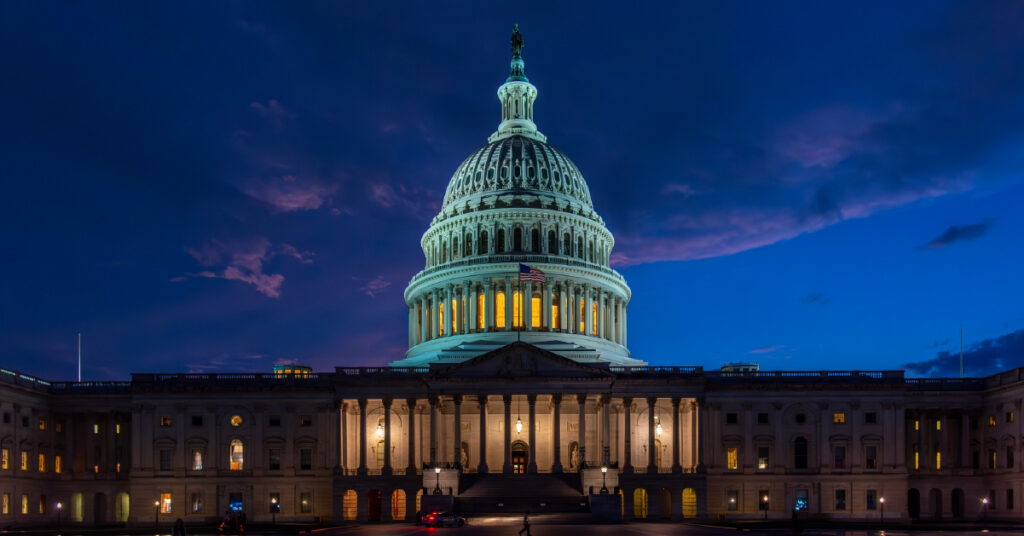Today the Senate passed the tax and spending megabill, sending it to the House. See below for a statement from ITEP as well as our analyses of the tax impacts of the legislation.
STATEMENT from AMY HANAUER, EXECUTIVE DIRECTOR OF THE INSTITUTE ON TAXATION AND ECONOMIC POLICY:
“This abominable bill will make history – in appalling ways. Never before has legislation taken so much from struggling families to give so much to the richest. It makes the biggest cuts to food aid for hungry families, executes the largest cuts to health care ever, adds trillions to the national debt – all to give $117 billion to the richest 1 percent in a single year. It’s no wonder that this bill is also extremely unpopular. Historians – and voters – will look back at this as a dark day in U.S. history.”
RESOURCES:
Analysis of Tax Provisions in the Senate Reconciliation Bill: National and State Level Estimates
The Senate bill would have the following effects on taxpayers, which are all very similar or nearly identical to those of the House bill:
- More than 70 percent of the net tax cuts would go to the richest fifth of Americans in 2026, only 10 percent would go to the middle fifth of Americans, and less than 1 percent would go to the poorest fifth.
- The richest 5 percent alone would receive 45 percent of the net tax cuts next year.
- The richest 1 percent of Americans would receive an average net tax cut of $66,000, many, many times more than the average tax cut received by other income groups.
- The richest 1 percent of Americans would receive a total of $117 billion in net tax cuts in 2026. The middle 20 percent of taxpayers on the income scale, a group that has 20 times the number of taxpayers as the richest 1 percent, would receive less than half that much, $53 billion in net tax cuts that year.
- The $117 billion in net tax cuts going to the richest 1 percent next year would exceed the amount going to the entire bottom 60 percent of taxpayers (about $77 billion).
- The effects of President Trump’s tariff policies alone offset most of the tax cuts for the bottom 80 percent of Americans. For the bottom 40 percent of Americans, the tariffs impose a cost that is greater than the tax cuts they would receive under this legislation.
- Even foreign investors who own shares in U.S. companies would benefit more than many Americans. These foreign investors would enjoy $32 billion in tax cuts in 2026 compared to just $1.5 billion for the bottom 20 percent of Americans.
- The legislation provides the greatest rewards to high-income people living in states that have low state and local taxes on the wealthy. In these states, high-income people are not much affected by the cap on deductions for state and local taxes, which the Senate bill would make permanent. The states where the richest 1 percent of residents receive the largest average net tax cuts would mostly be states that have particularly unfair tax systems because they have no personal income tax.
Two shorter state breakdowns:
How Much Do the Top 1% in Each State Get from the Senate Tax Bill?
Trump Megabill Will Give $114 Billion in Tax Cuts to the Top 1% in 2026. How Much In Your State?





